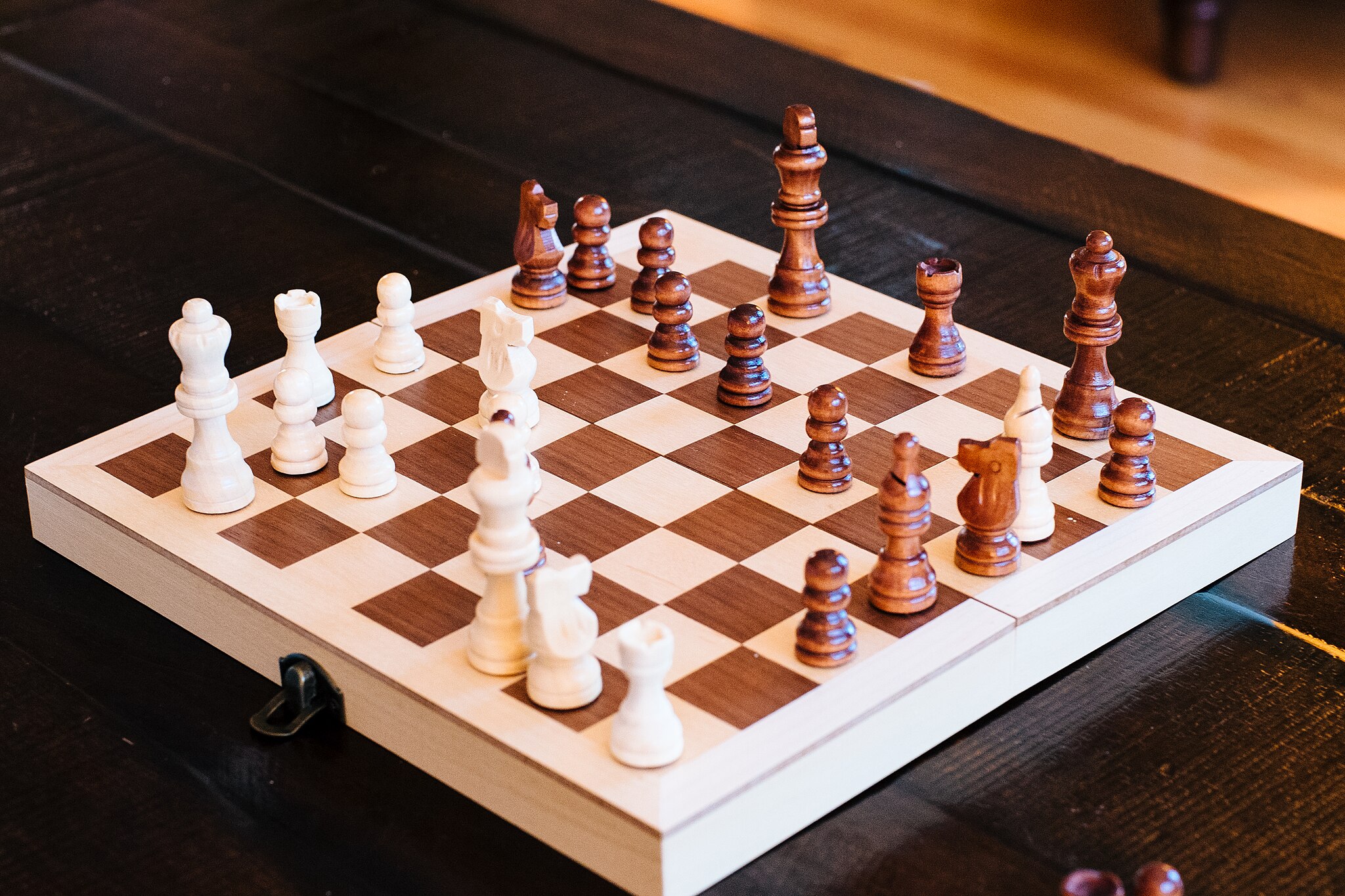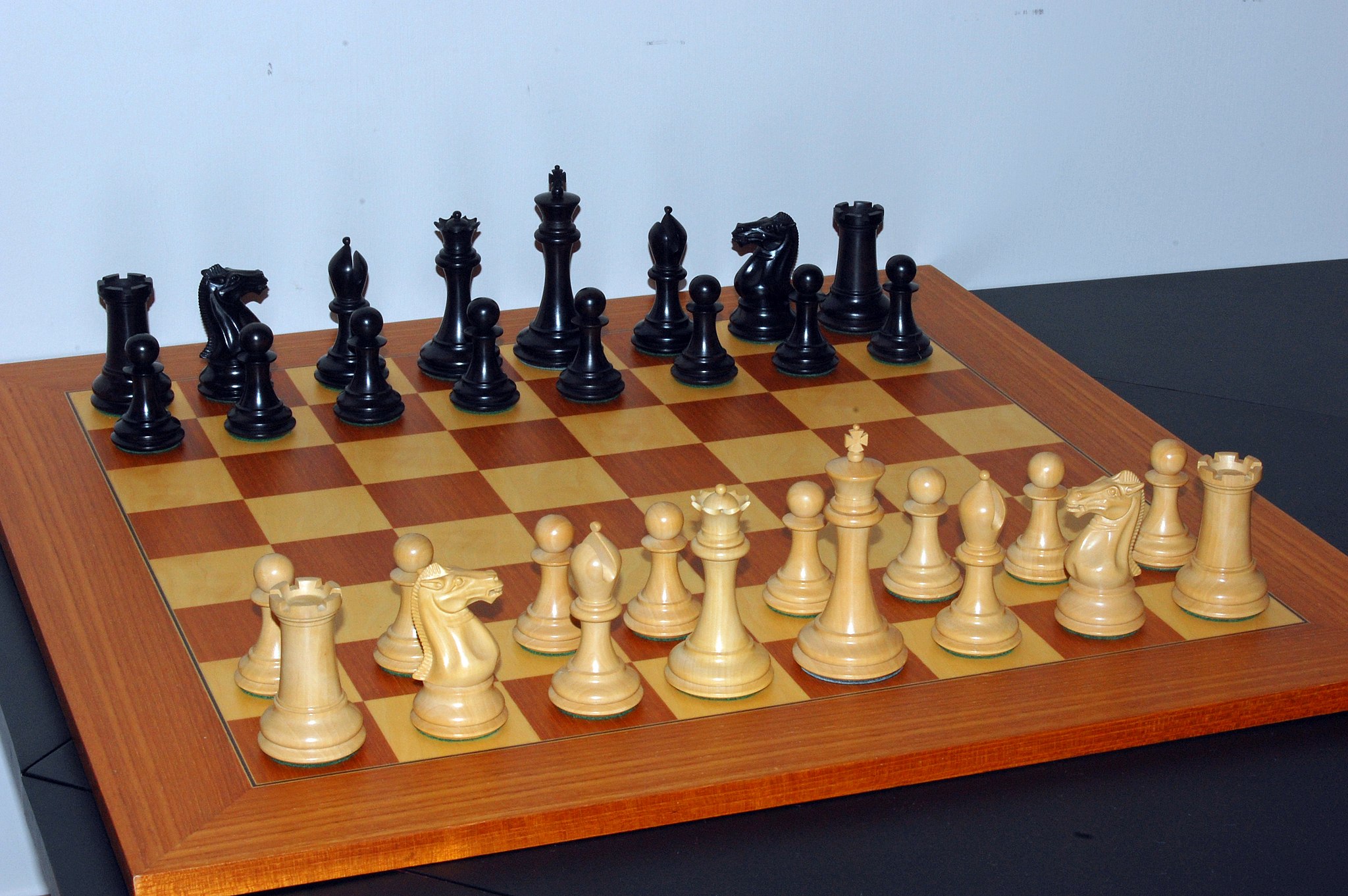33 Ser, estar and tener: difference
| Ser. “Yo soy, tú eres, él OR ella es” | Estar. “Yo estoy, tú estás, él OR ella está” |
| Permanent characteristics, things you can’t change | Temporary situations, things you can change |
| Identities and nationalities: “Soy indígena”, “Soy colombiana”, “Soy de Colombia” | Feelings: “Estoy cansada” |
| Physical or personality description | Current location: “Estoy en el salón de clase” |
| Tell the date or time of day: “Hoy es lunes”, “Son las tres” | Make present progressive: “Está cantando” (=is singing) |
| Ser. “Yo soy, tú eres, él OR ella es” | Tener. “Yo tengo, tú tienes, él OR ella tiene” |
| Defines the person in terms of the characteristic: “Ella es pelinegra” (She’s black haired) | Describes some part of the body as additional to the person: “Ella tiene el pelo negro” (She has the hair black) |
| The adjective must agree with the gender of the person being described: “Ella es negra, ojinegra, pelinegra”. | The adjective must agree with the gender of such part of the body: “Ella tiene la piel negra, los ojos negros y el pelo negro”. |
| Feelings with estar. “Yo estoy, tú estás, él OR ella está” | Feelings with tener. “Yo tengo, tú tienes, él OR ella tiene” |
| Describes the feeling as something you are, or something that modifies you as a person: “Estoy asustado” OR “Estoy asustada” (I’m scared), OR “Estoy apenado” OR “Estoy apenada” (I’m embarrassed). | Describes the feeling as something you have, or something you carry with: “Tengo miedo” (I have fear), “tengo pena” (I have shame). |
Sample conversations:
Describing parts of your body
A: ¿Cómo eres tú físicamente? (=What are you like physically?)
B: Yo tengo ojos ________ (=size) y __________ (=color). Tengo pelo ___________ (=size), _________ (=textura) y ___________ (=color). Tengo labios __________ (=size).
Ejemplo:
A: ¿Cómo eres tú físicamente? (=What are you like physically?)
B: Yo tengo ojos grandes y cafés. Tengo pelo largo, rizado y castaño. Tengo labios gruesos.
- Color de los ojos (=eyes): negros (=blacks), cafés (=browns), verdes (=greens), azules (=blues). They end in an S because the ojos are two most often.
- Color del pelo (=hair): rubio (=blonde), negro (=black), castaño (=brown, only referred to hair).
- Shade: claro (=light shade), oscuro (=dark shade). You add the word claro or oscuro after the adjective. E.g. “Tengo pelo castaño oscuro”.
- Textura del pelo: rizado (=curly), liso (=smooth, straight)
- Size of lips: gruesos (=wides), delgados (=thins).
- Skin features: lunar (=masc. mole), pecas (=fem. freckles), cicatriz (=fem. scar), granos (=masc. pimples), brote (=masc. rash)
Describing location in chess:
Ajedrez is chess, and the names of pieces are:
- Peón: pawn
- Torre: tower
- Caballo: horse
- Bishop: alfil (=only reffered to chess piece)
- Rey: king
- Reina: queen
NOTES:
- Because pawns are a lot, you can use un peón=a pawn to refer to one of them.
- Because the others are unique and special, you should add el (masc. the) or la (fem. the).
- If EL falls next to DE, it becomes DEL. Ejemplo: “detrás del caballo”.
- Because this states location, you should use the verbo ESTAR.
Describe the initial position of ajedrez by randomly picking the names of pieces on the white side. The white side is easier since it’s located the most towards the reference of you as a viewer.
A: ¿Dónde está EL or LA ___________________ (add name or piece except for pawn)?
B: EL or LA ________________ (repeat name of piece) está __________________ (add direction expression) EL or LA _____________________ (add other piece of reference) , or UN peón..
To express direction you should use:
- A la derecha de: at the right of
- A la izquierda de: at the left of
- Diagonal a: diagonal to
- Detrás de: behind
- Delante de: in front of
Ajedrez en posición inicial. Bubba73 at English Wikipedia, CC BY-SA 3.0
Repeat the conversation by using a chess board in the following position:
A: ¿Dónde está EL or LA ________________ (add any piece except for pawn)?
B: EL or La _____________ (repeat name of piece) está ____________________ (add direction expression) EL or LA ______________________ (add piece of reference), or UN peón.

Pretend you are on an admission visit introducing hidden places of the college where no one goes, but that you find interesting to see. Each of you is going to announce at least ONE of these places. Tell a story of something you did in that place, and tell a make-up story of how this college was originated. Start with the example, but add something else overexaggerating the story. Keep recording while you are walking and take turns to show the places, where are you going, until you arrive to the special place.:
Walking around campus
A: Estamos caminando por ____________.
B: Estamos caminando por ____________.
C: Estamos caminando por ____________.
D: Estamos caminando por ___________.
A: Estamos caminando por ____________.
B: Estamos caminando por ____________.
C: Estamos caminando por ____________.
D: Estamos caminando por ___________.
A: Allí está ______________ (name place).
B: Allí está ______________ (name place).
C: Allí está ______________ (name place).
D: Allí está ______________ (name place).
A: Allí está ______________ (name place).
B: Allí está ______________ (name place).
C: Allí está ______________ (name place).
D: Allí está ______________ (name place).
Describing yourself and close ones:
Beginners 1 and Beginners 2:
A: ¿Cómo eres?
B: Yo tengo pelo __________ y ____________. Tengo ojos ___________ y _____________.
Beginners 2 and up:
A: ¿Cómo es tu padre?
B: Él tiene pelo __________ y ____________. Él tiene ojos ___________ y _____________.
A: ¿Cómo es tu madre?
B: Él tiene pelo __________ y ____________. Él tiene ojos ___________ y _____________.
Advanced students:
A: ¿Cómo quieres que sea tu novio OR novia?
B: Yo quiero que mi novio tenga pelo __________ y ____________, y tenga ojos ___________ y _____________. Yo quiero que mi novio OR novia ____________, _____________, ___________ (add actions you want them to do using subjunctive).
Map points:
Describe the map of the Caribbean based on location using ESTAR and corresponding map points.
Al __________ (add map point) de: At the ___________ of
Map points:
- Sur: South
- Norte: North
- Oriente OR Este: West
- Occidente OR Oeste: East
- Suroriente: Southeast
- Suroccidente: Southwest
- Nororiente: Northeast
- Suroccidente: Northwest
Caribbean landmarks:
- Florida
- Louissiana
- Española (island where there is Haití and República dominicana
- Cuba
- Colombia
- Venezuela
- Panamá
A: ¿Dónde está ________________ (add landmark)?
B: ______________ (repeat landmark) está al _____________ (sur, norte, oriente, occidente…) de ________________ (add landmark of reference).


